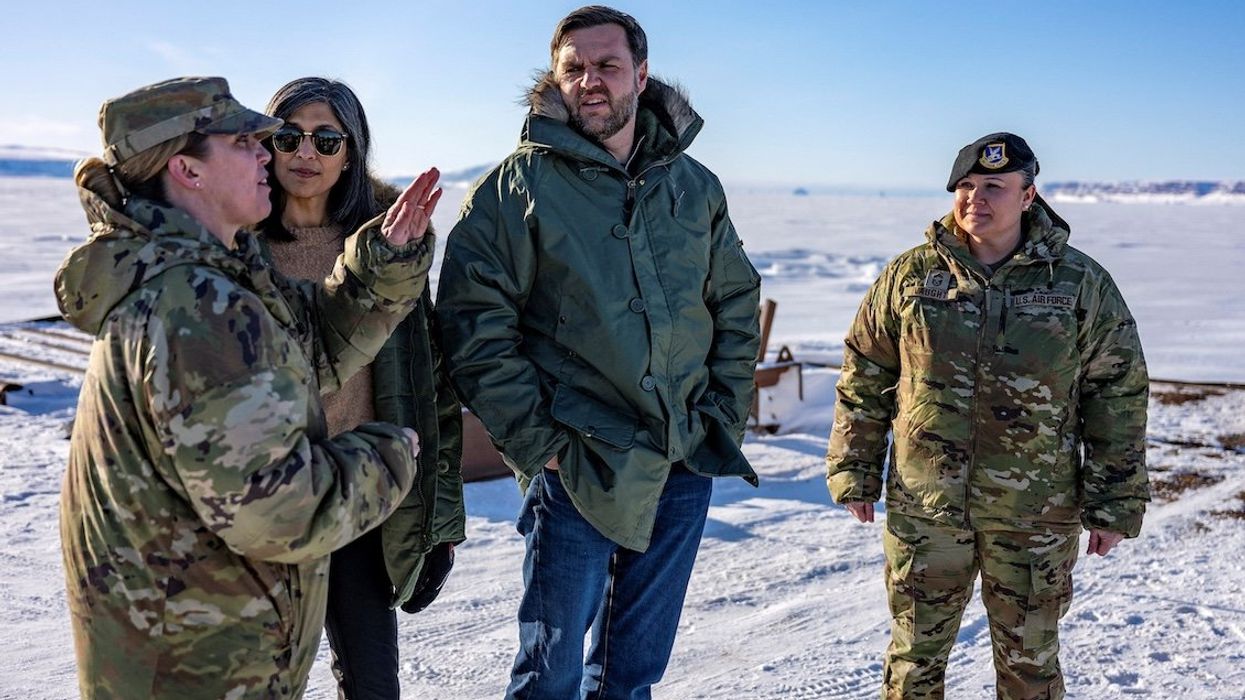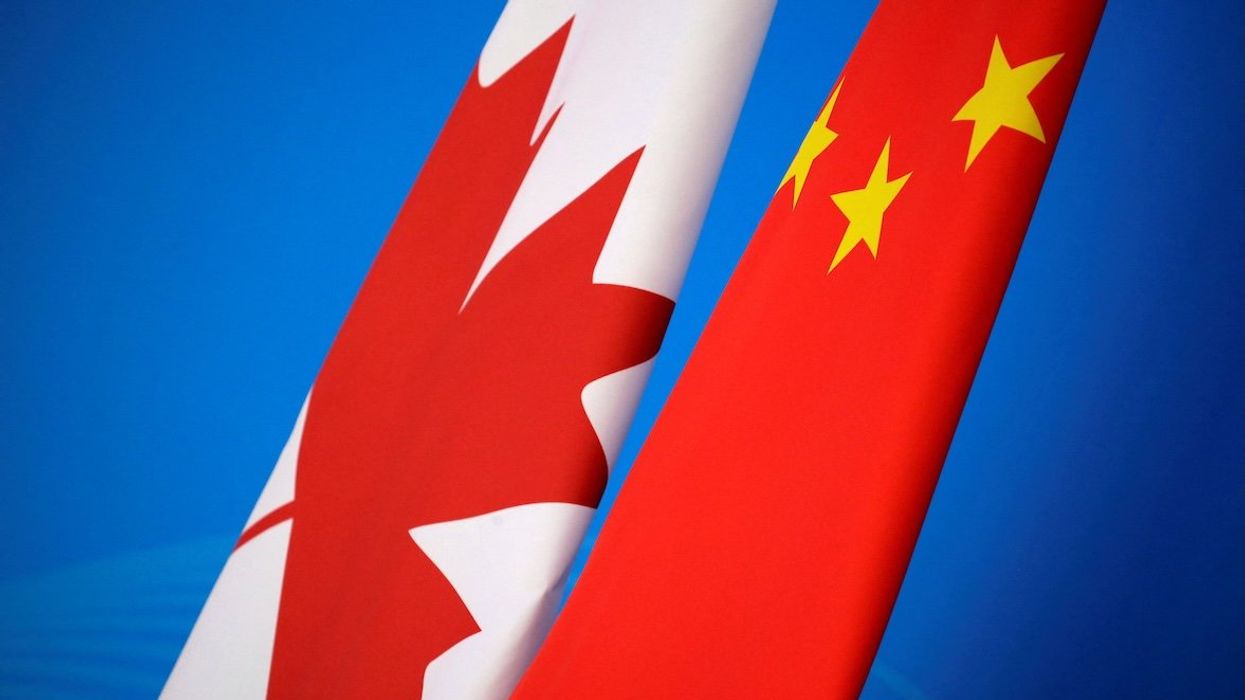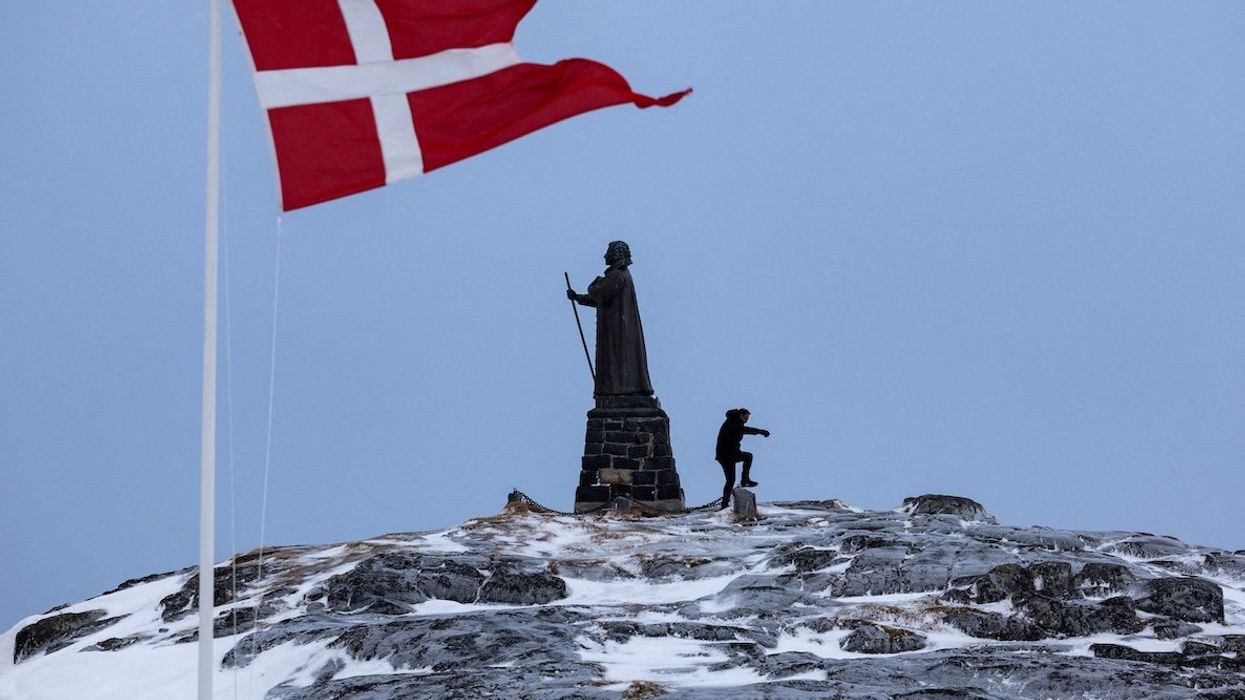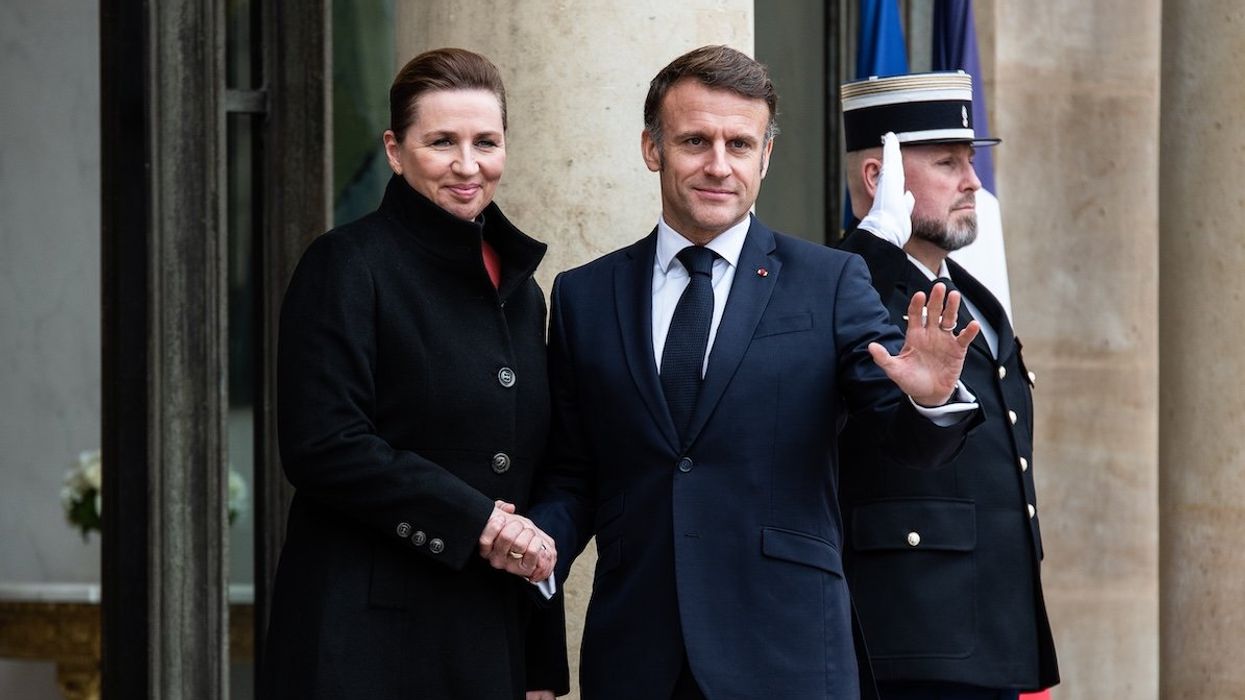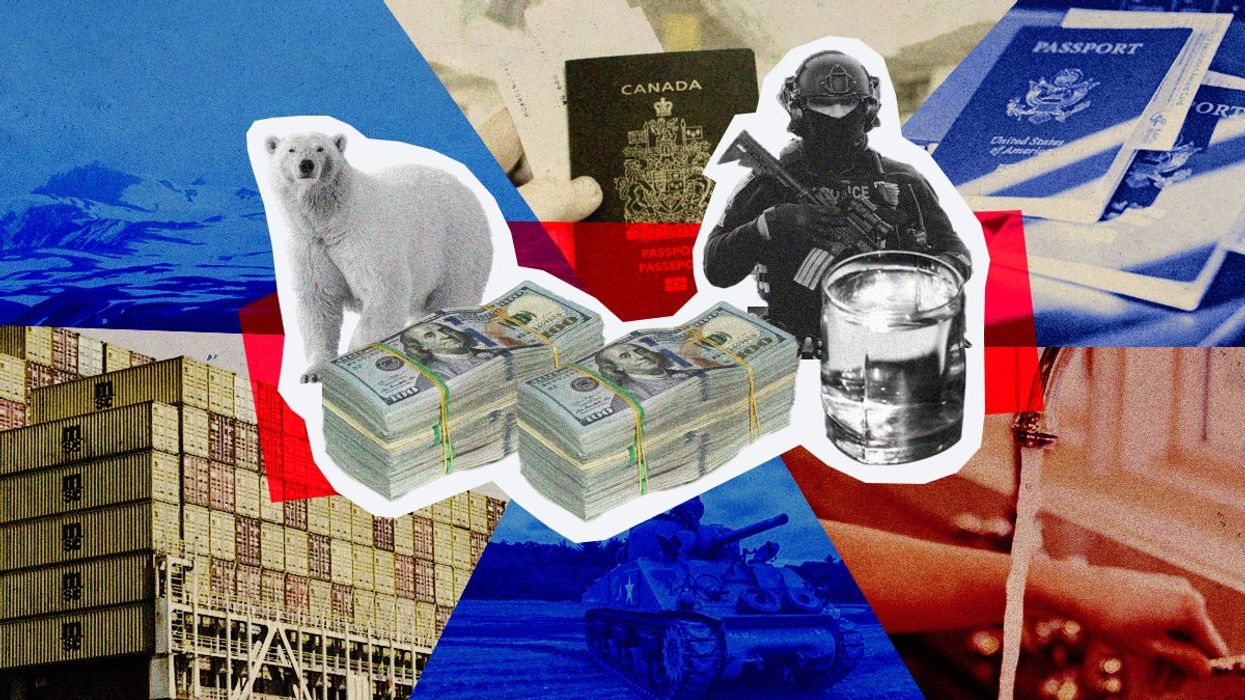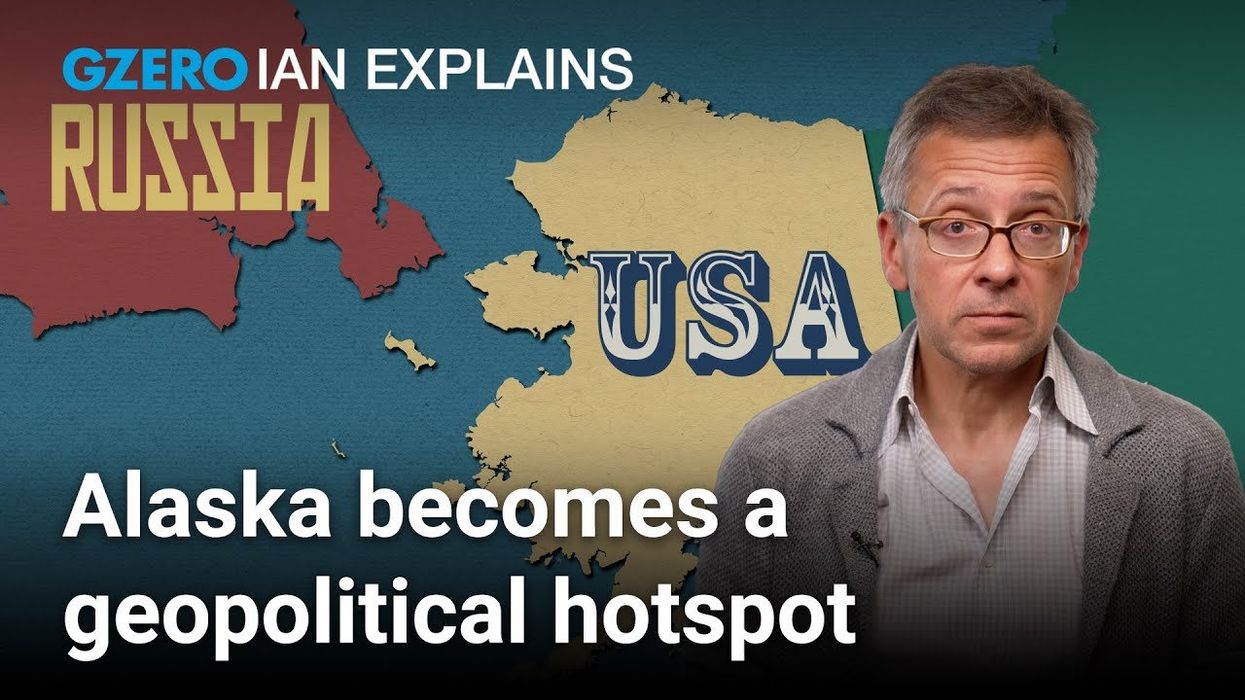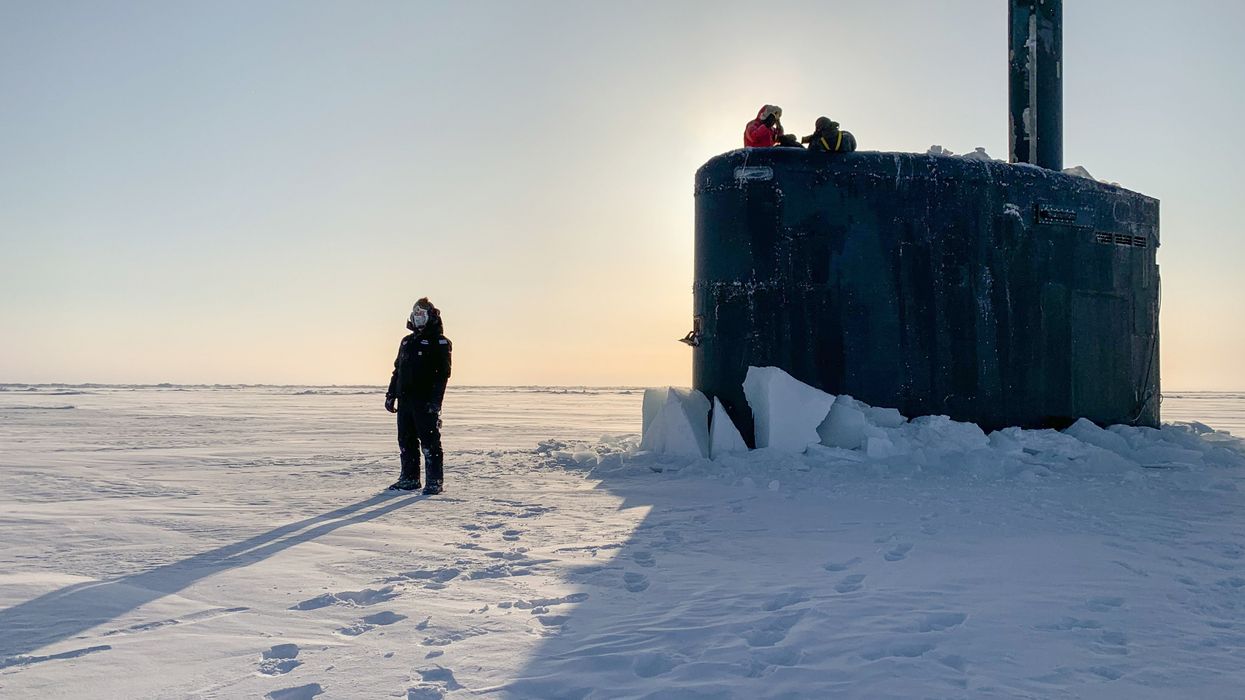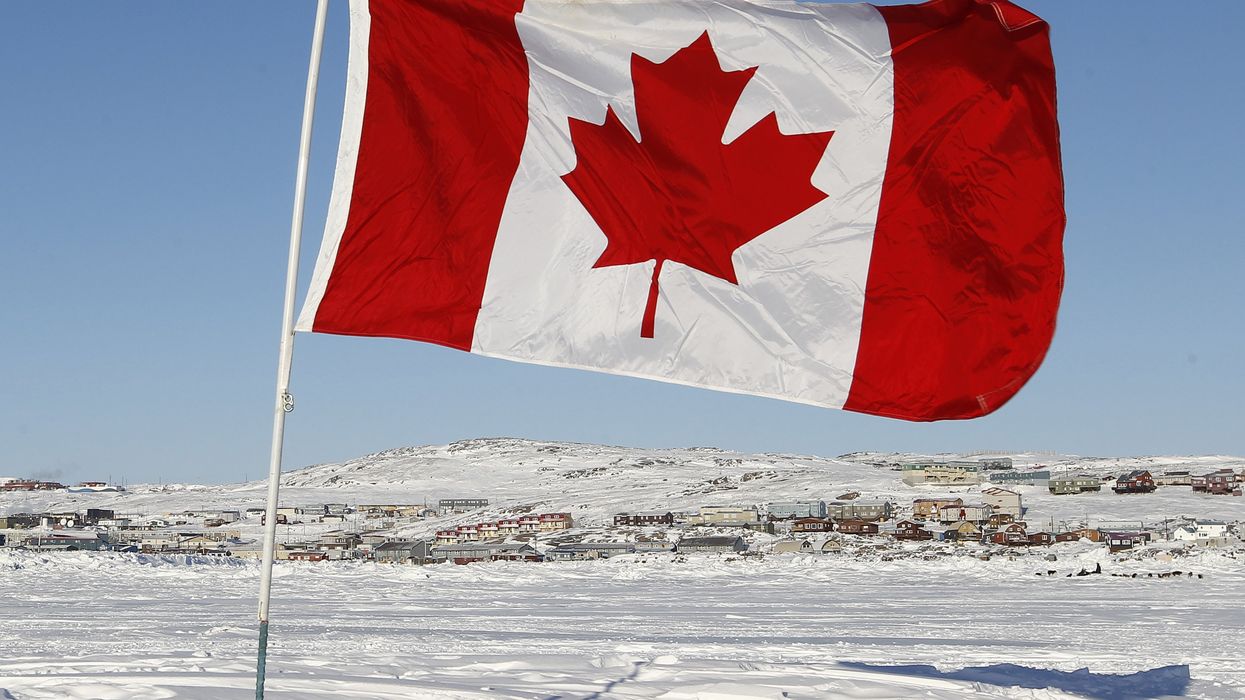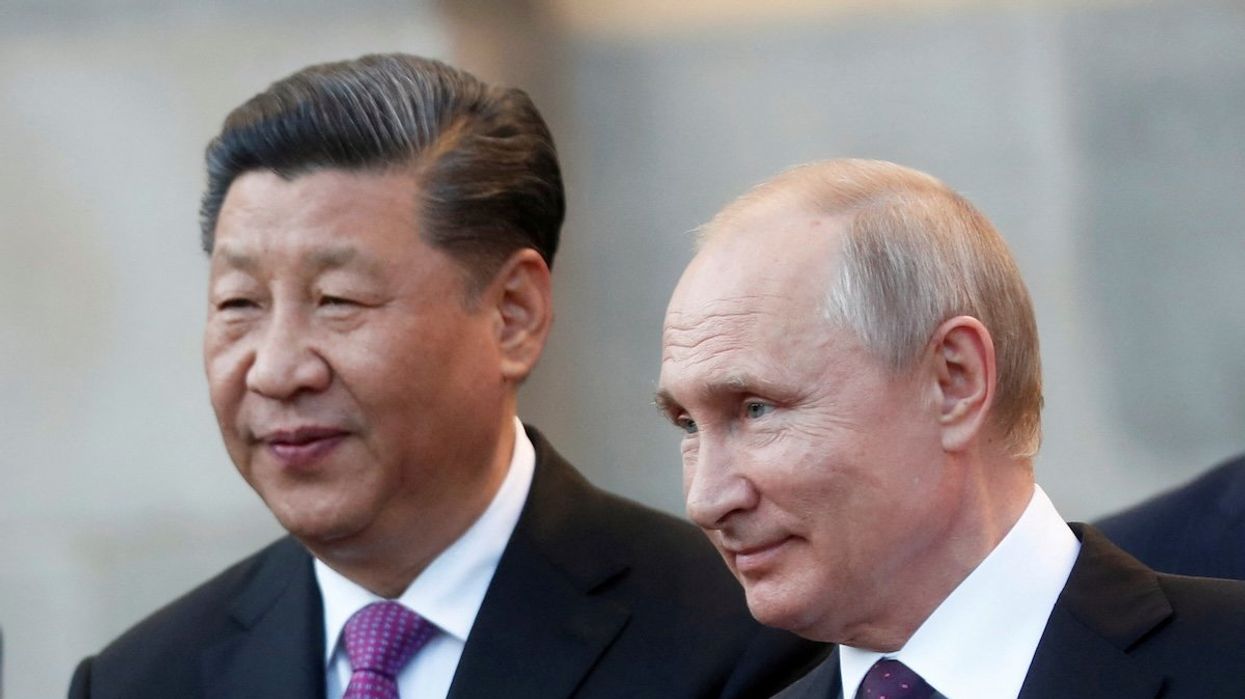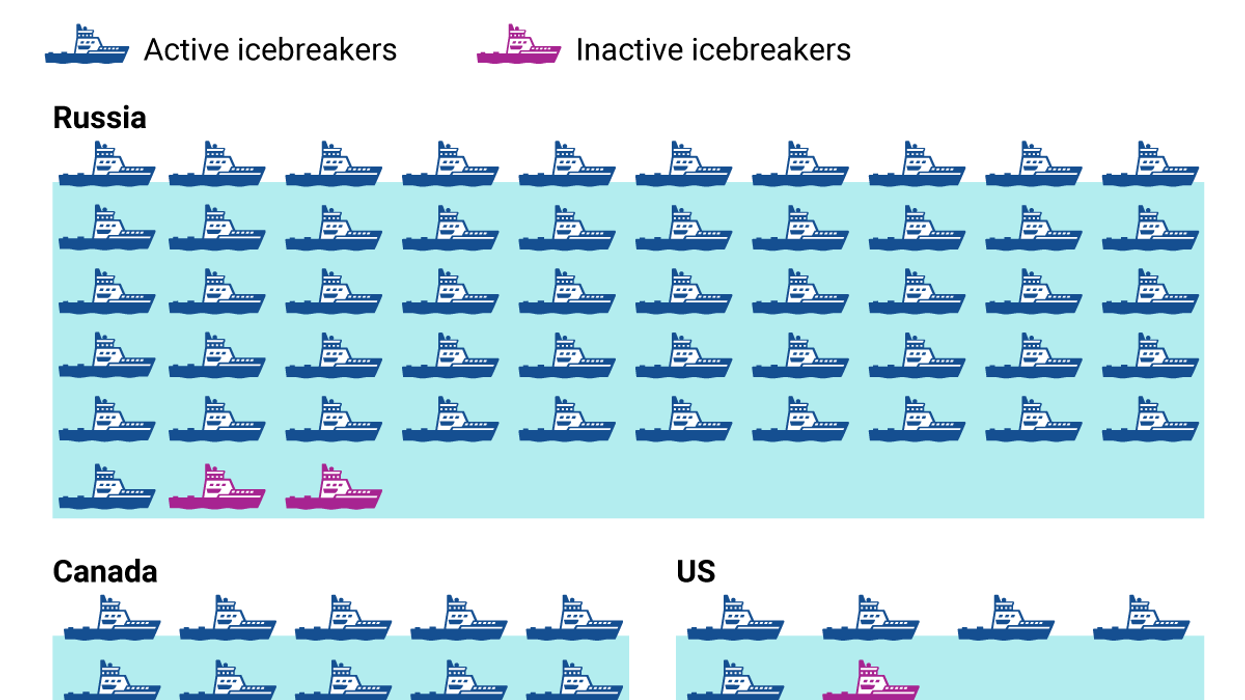What We're Watching
The price is right: Greenland edition
How much would it cost for the United States to maintain Greenland as its territory? And what are the revenue possibilities from the Arctic island’s natural resources? Those are two questions the White House is reportedly looking into in the surest sign yet that Trump’s interest in Greenland is genuine.
Apr 02, 2025
